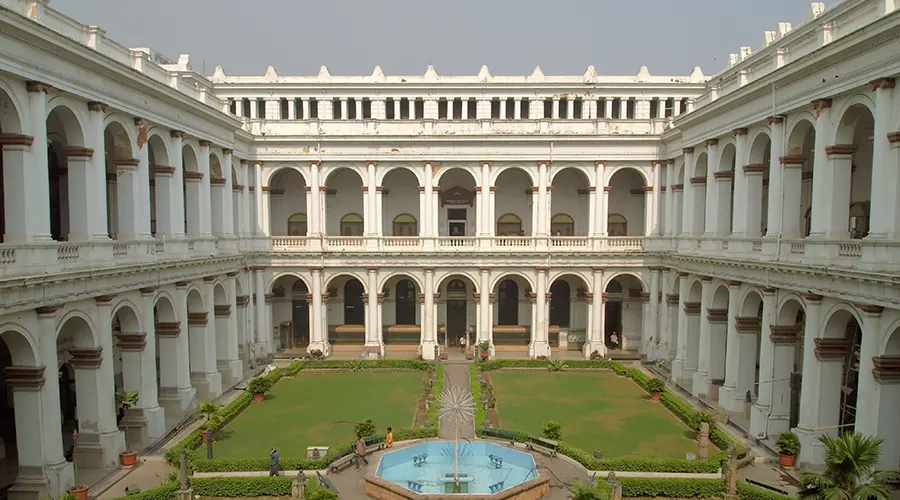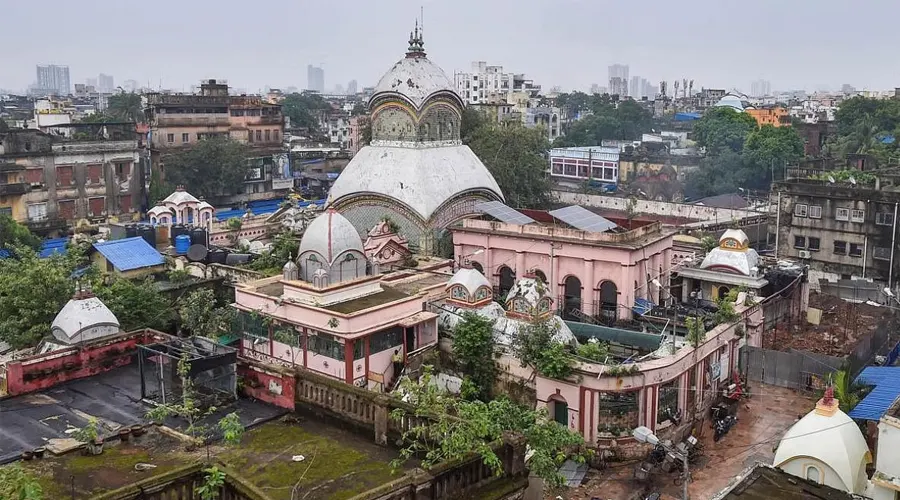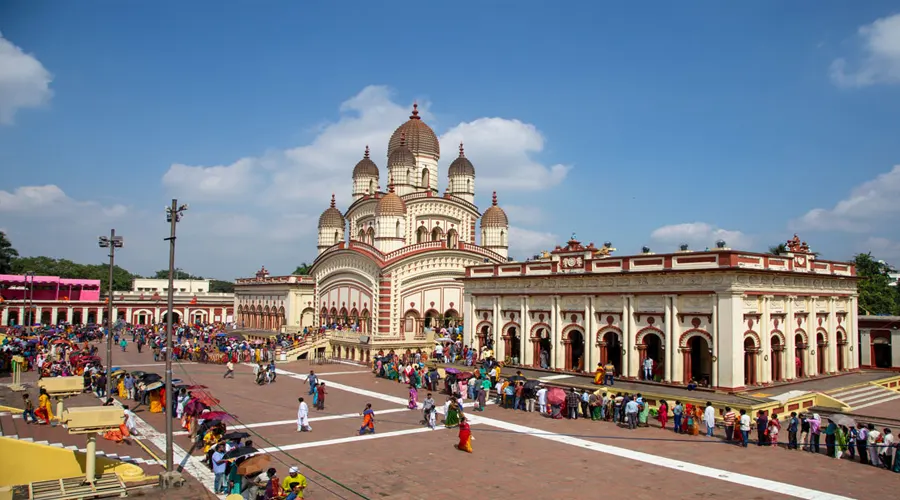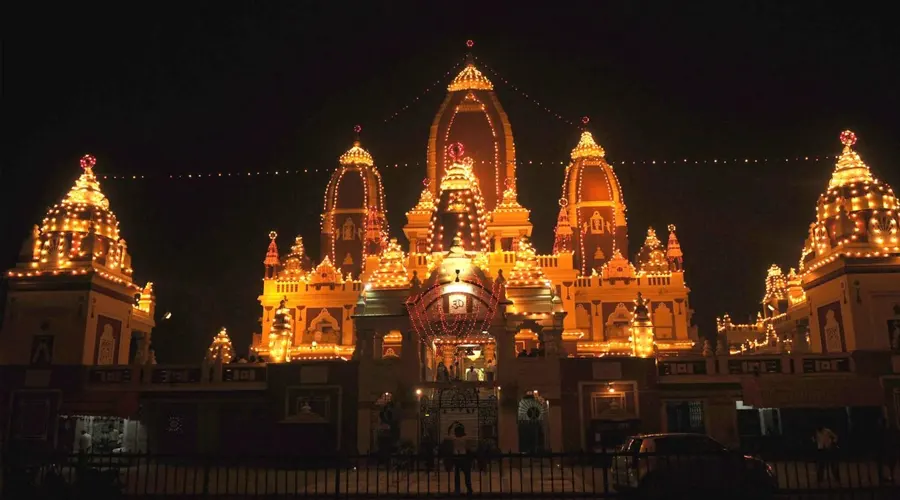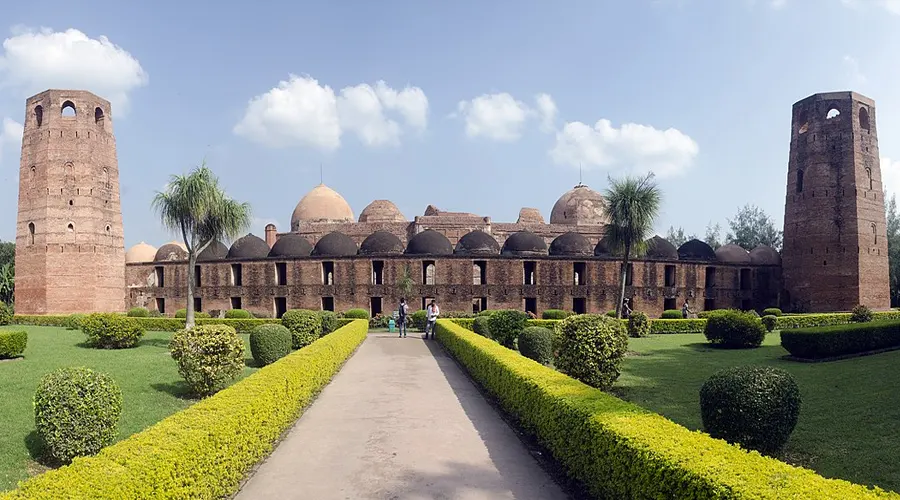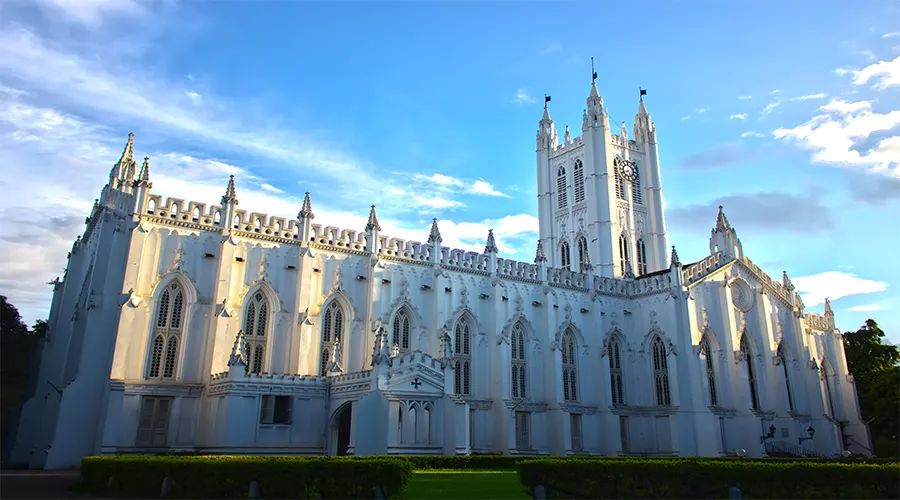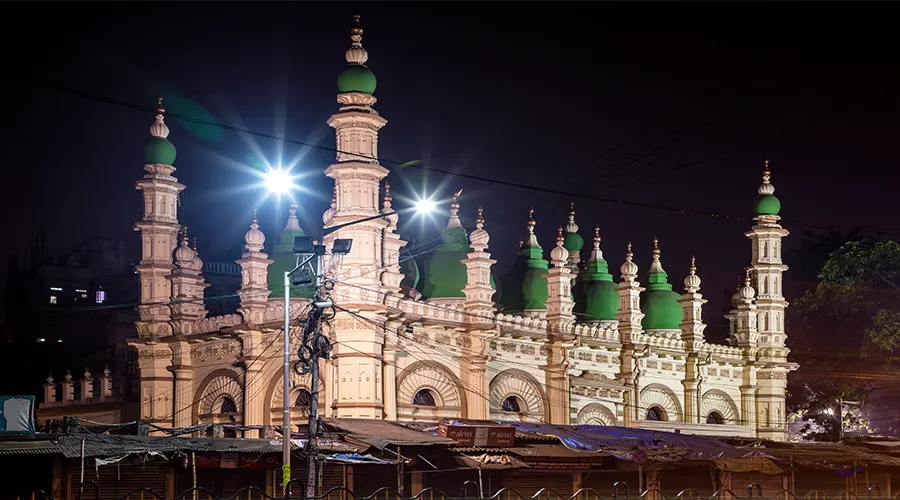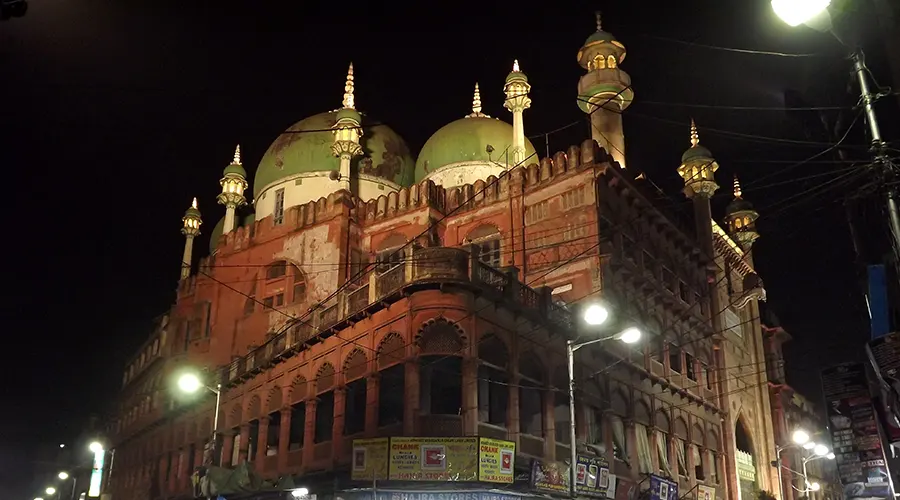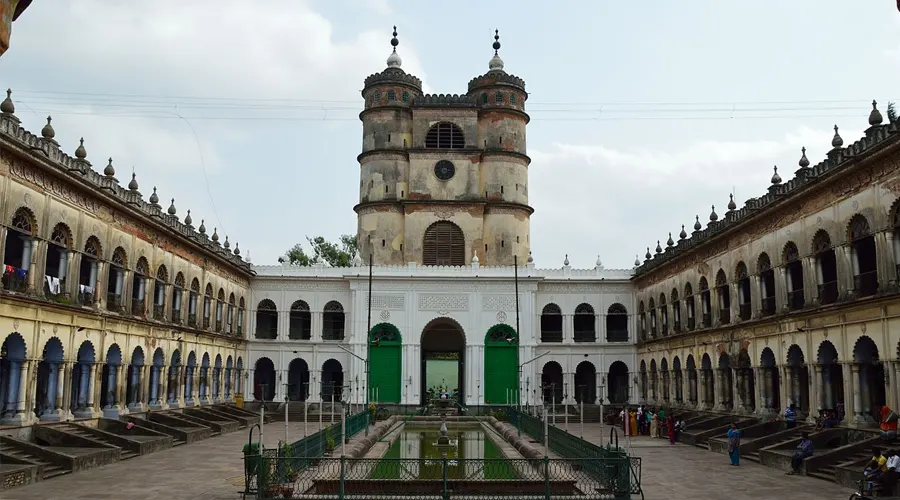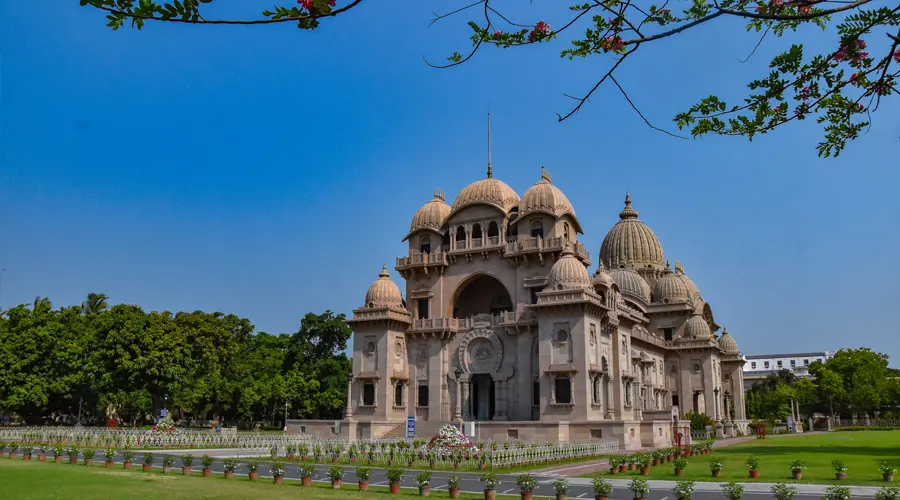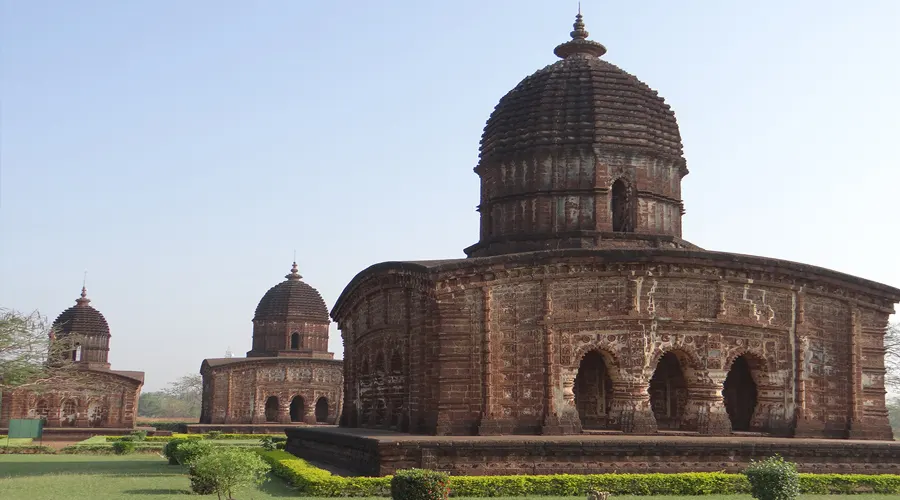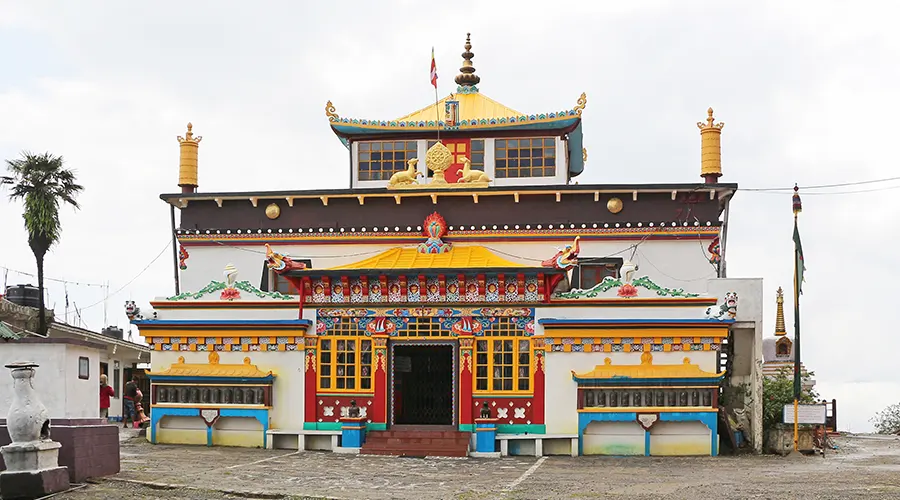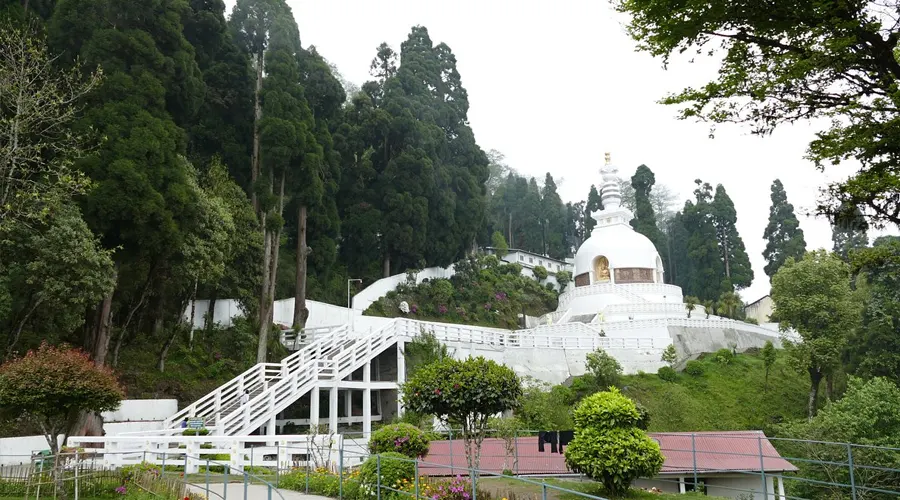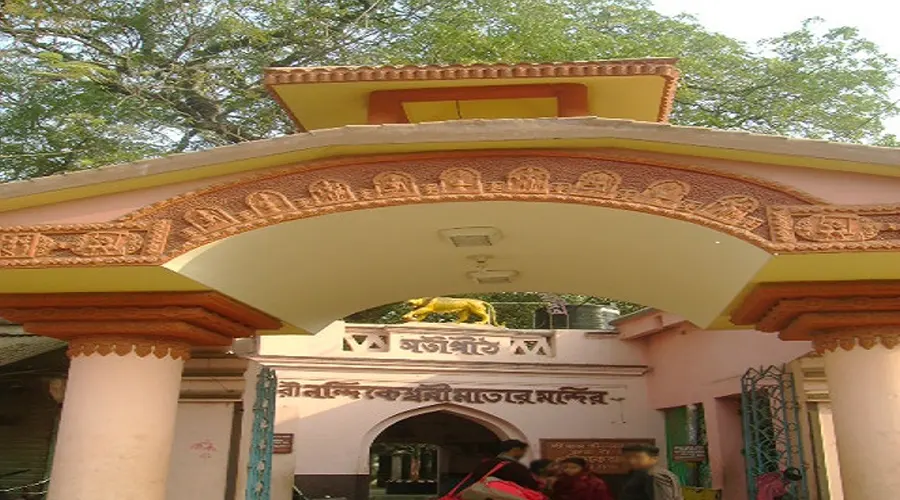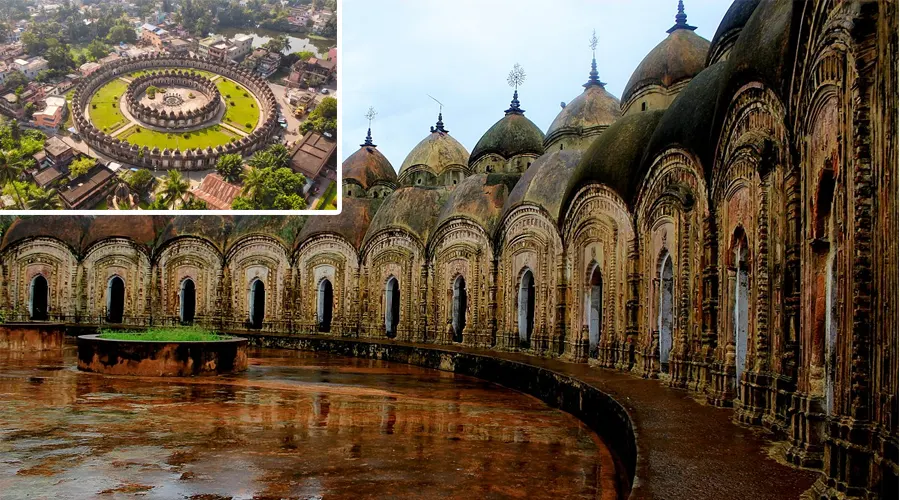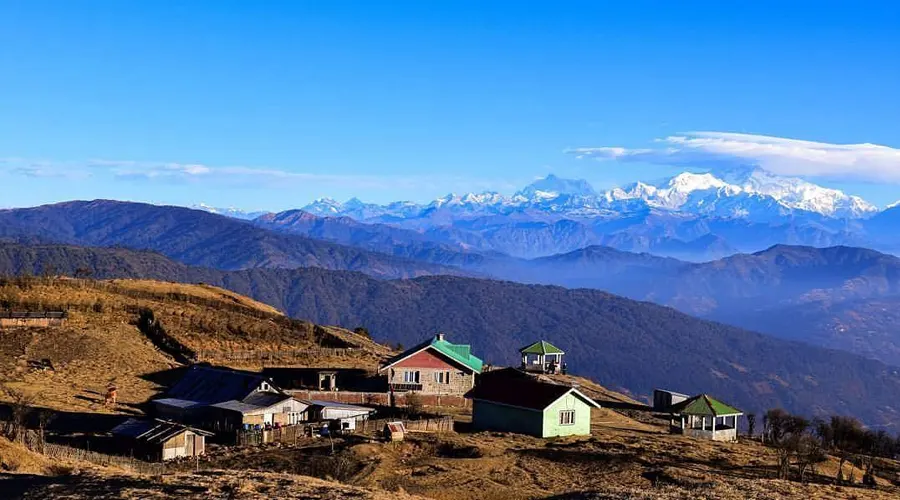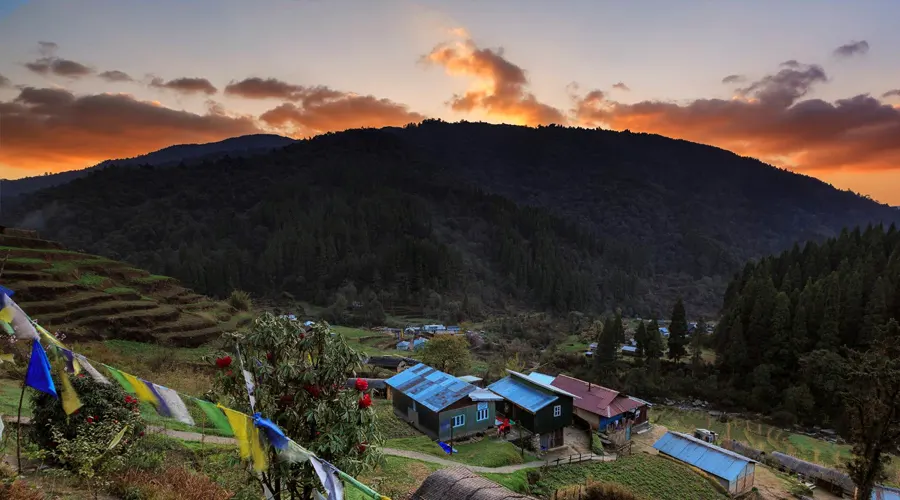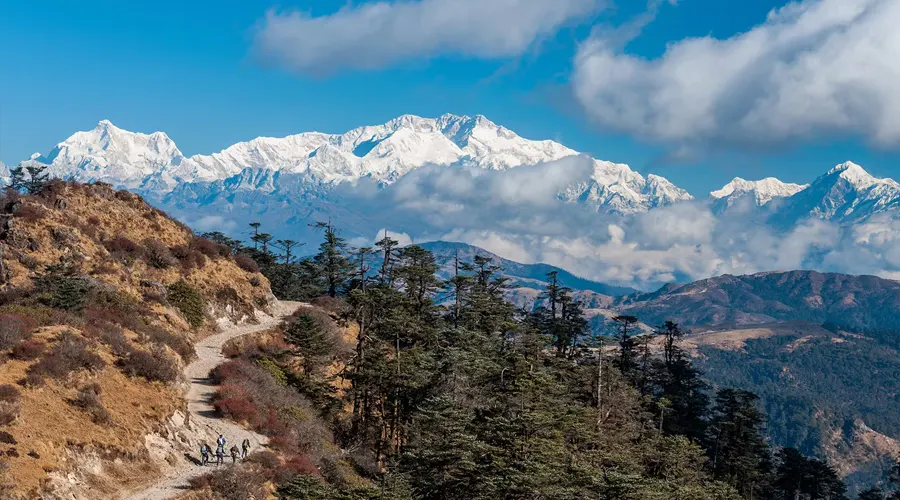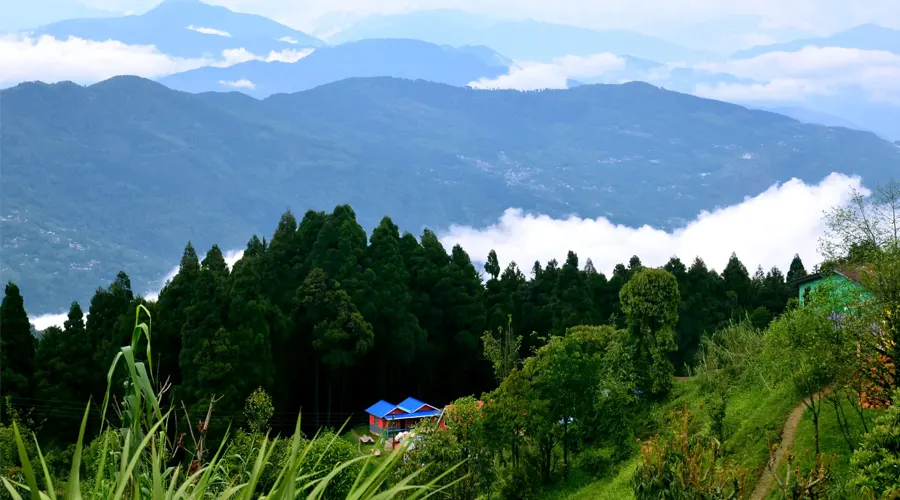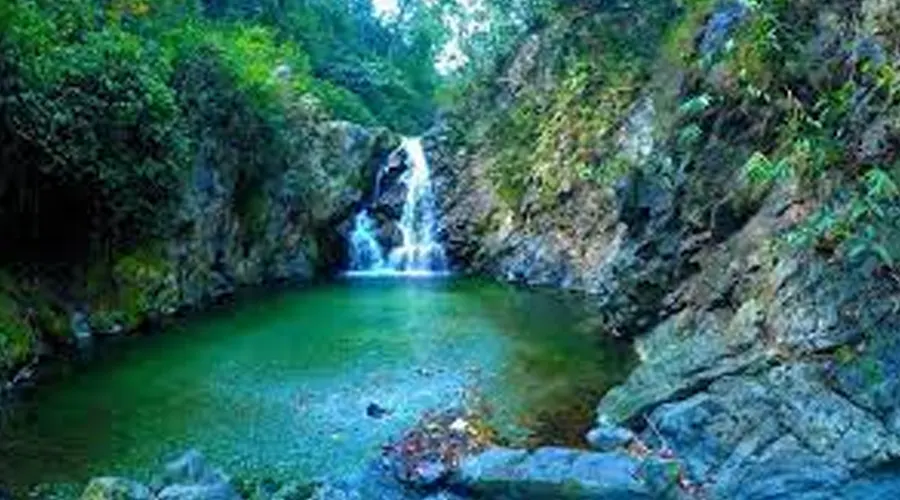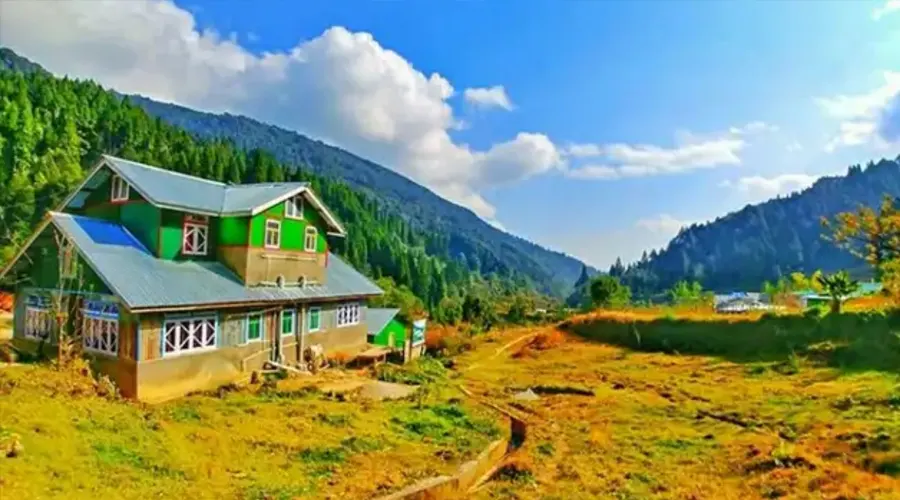Indian Museum
The ninth oldest museum in the world and largest in India, the Indian Museum is located in the city of joy - Kolkata. The foundation stone of the Indian Museum was laid down in the year 1814 and has been a center of multidisciplinary activities ever since. Popularly known as 'Jadughar', it has the finest collection of contemporary paintings, sacred relics of Buddha, Egyptian mummies, and ancient sculptures. In addition to these, the Indian Museum boasts some of the most exquisite collections of ornaments, fossils, skeletons, antiques, armor, and stunning Mughal paintings.
Presently, the museum has 35 galleries which have been divided into six categories namely Art, Archaeology, Anthropology, Geology, Zoology, and Economic Botany. For those inquisitive about history, there is also a library and bookshop present within the museum premises. Indian Museum recently celebrated its bicentennial anniversary with great fervor in February 2014. With its splendid collection, the museum takes you back in time to witness our fascinating past.
History of Indian Museum
The origins of the Indian Museum can be traced back to 1814 when it was founded by the Asiatic Society of Bengal. The Society was established in 1784 to spread knowledge and preserve the natural and cultural heritage of mankind. Even though the idea of establishing a museum was put forward by the members in 1796, the Society could come up with its building on Park Street only in 1808.
After another 6 years, a Danish botanist by the name of Nathaniel Wallich wrote a letter to the Society advocating the importance of a museum. He also volunteered to serve as the honorary curator and provide botanical specimens from his collections. The museum was established on the premises of the Asiatic Society building and Wallich was appointed as the superintendent and the founder curator. Back then, it was called the Asiatic Society Museum and later came to be known as the Imperial Museum.
Soon after its establishment, attempts were made to collect interesting artifacts and objects from across the country. Many donors, both Europeans and Indians, also gifted valuable items from their collections.
It was in 1867 that the foundation of the present building was laid on Chowringhee Road. The construction of the current three-storied building, which was designed by the famous architect W.L. Grandville, was completed in 1875 and the collections were moved from the Asiatic Society Building to the new one. On 1st April 1878, the museum was opened to the public with two galleries. Over the years, several other galleries were added.
Architecture of Indian Museum
The structure of the Indian Museum is an architectural grandeur designed by the famous architect Walter B Grawille in Italian Style. The building comprises three floors, each spanning an area of about 930 sq meters. There are a total of sixty galleries divided into six main sections namely: Anthropology, Art, Archaeology, Zoology, Botany, and Geology.
Archaeology Section: The archaeology section includes Pre and Proto-Historic Gallery, Main Entrance Gallery, Bharhut Gallery, Gandhara Gallery, Long Archaeology Gallery, Bronze Gallery, Coin Gallery, Minor Art Gallery, and Egyptian Gallery.
Art Section: This includes Mughal Painting Gallery, Bengal Painting Gallery, Decorative Art, and Textile Gallery South East Asian Gallery.
Anthropology Section: Palaeo-Anthropology Gallery, Cultural Anthropology Gallery, Mask Gallery, and Musical Instrument Gallery are included under Anthropology Section.
Zoology Section: The zoology Section includes Fish Gallery, Amphibia and Reptilia Gallery, Bird Gallery, Mammal Gallery, and Ecology Gallery.
Geology Section: Siwalik Gallery, Invertebrate Fossil Gallery, Rock & Mineral Galler Earth, and Meteorite Gallery with Gem Section are included under Geology Section.
Botany Section: The Botany Section of the Indian Museum has exhaustible resources on Indian timbers, Food products, Medicinal products, Vegetable fibers, Oil and oilseeds, and various crops commonly grown in India.

